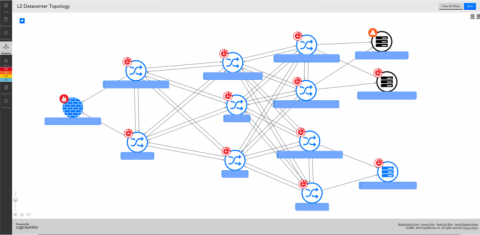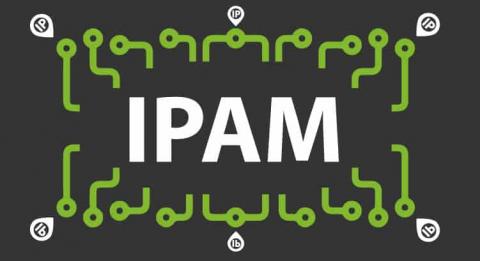To VPC or not to VPC? Pros and Cons in AWS Lambda
When you’re working with EC2 or containers, VPCs have long been viewed as a must-have. Without them, you will face a constant barrage of attacks aimed at your infrastructure and OS, such as brute force login attacks. But are VPCs still needed when it comes to AWS Lambda? What do you actually get when you put a function inside a VPC? And what are the downsides?









